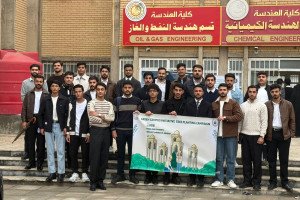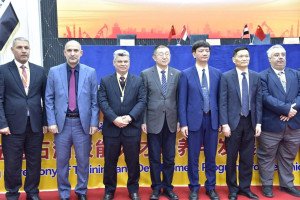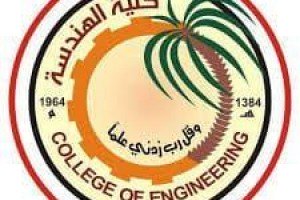
A master’s thesis by the student Israa Kazem Hajim from the University of Basra, College of Engineering, Department of Electrical Engineering, entitled Intelligent Processing of Traffic Signals for Basra City Roads, was discussed. It included In cities with expanding populations, traffic congestion is a major problem that contributes to social and health problems, delays, environmental contamination, and accidents. Basrah, a significant city in Iraq, faces this challenge due to its rapid growth and increased automobile usage. By understanding the root causes and implications of traffic jams, city planners, policymakers, and residents can work together to implement solutions for a more efficient, sustainable, and enjoyable urban transportation experience, enhancing the quality of life for residents and visitors. In the first part, this thesis addresses traffic congestion and its impact on increased waiting time, emissions, and fuel consumption. Since this sensitive kind of local geographic data was not easily accessible, we generated all the data considered in our experiments using a microsimulation called SUMO (Simulation of Urban Mobility) with an open road map. Specifically, we show how SUMO could be applied to create realistic scenarios that are appropriate for analysis and closely mimic real-world conditions. We created two scenarios for the specified area (AL TijareStreet and its intersections), the first scenario: was typical traffic conditions, and the second scenario presented traffic congestion, and compared the simulation results, where the percentages of increase in waiting time, emissions, and fuel consumption were (268.67%, 22.05%, and 21.68%, respectively).
The results of the first part of the thesis demonstrated the inefficiency of traditional traffic signal systems in reducing traffic and addressing environmental issues, especially fuel consumption and carbon dioxide emissions, the second part of the application of genetic algorithms (GAs) to traffic light controls to create intelligent tools is examined in this thesis. The GA strategy seeks to lower fuel consumption, CO2 emissions, and waiting times in transportation networks. It is carried out through SUMO simulations in a virtual environment. The genetic algorithm (GA) employed in this work uses a binary encoding technique to represent signal timing configurations and includes a fitness function to evaluate the fuel consumption of the network. By continuously evolving a population of signal-timing solutions over a few generations, the optimal traffic signal-timing scheme is discovered. When compared to default signal timing plans, the GA approach is very effective in reducing waiting times, CO2 emissions, and fuel consumption. Experimental results show that improving waiting time has the greatest impact in reducing waiting times and improving system performance (waiting time reduced by approximately 89.63%, CO2 emissions reduced by approximately 29.37%, fuel consumption: approximately 29.18% lower)
Using smart traffic lights with the aid of optimization algorithms, there is an improvement in the timing of traffic lights, which creates an efficient and environmentally friendly transportation system.







